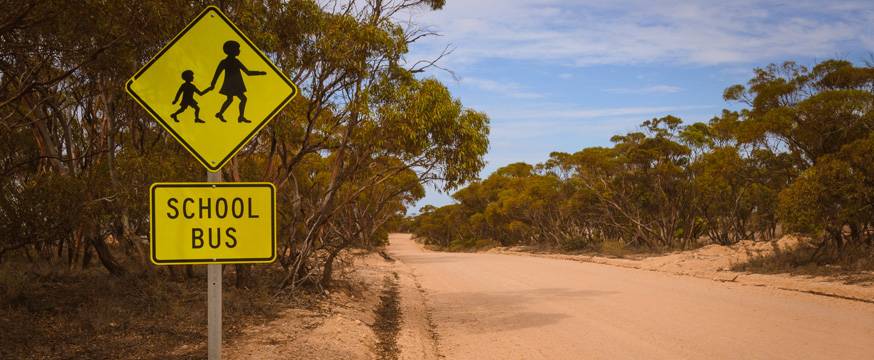
Boosting Indigenous school attendance
Research 26 Apr 2016 3 minute readPolicymakers must empower both schools and community groups to boost school attendance among Indigenous students in high-risk areas.
Boosting Indigenous school attendance
According to a recent ACER report, Indigenous school attendance: Creating expectations that are ‘really high’ and ‘highly real’, a ‘one-size-fits-all’ approach to improving Indigenous students’ school attendance will not work. Instead, there must be a focused policy design, targeted programs and coordinated efforts at local levels.
Despite improvements in school attendance among Indigenous students in some parts of Australia, there is still a long way to go, according to the report. Current research points to a 10 per cent attendance gap between Indigenous and non-Indigenous students.
Why past approaches have failed
Policy attention in Indigenous education has largely concentrated on the supply of Indigenous education: teacher training, school leadership, curriculum and school resources.
Public policy ‘has too often overlooked the equally important ‘demand’ side of the equation in the form of Indigenous demand for high-quality and culturally responsive education,’ the report authors observe.
Report authors Tony Dreise, Gina Milgate, Bill Perrett and Troy Meston call for greater policy consideration to be given to policies that simultaneously empower learning dispositions among Indigenous communities and adequately equip schools to meet the needs of the child.
‘In addition, when education policy and practice adopts learner-centred approaches, then Indigenous youth are more likely to stay engaged in learning. Learner-centred approaches include systematically listening and responding to the voice of learners, and ensuring curriculum offerings are balanced, interesting and provide choice for Indigenous youth, without losing academic rigour.’
Causes of non-attendance
According to the report, the common causes of non-attendance at school are external factors such as poverty, poor health and family stress. Geographical isolation also contributes to non-attendance in Indigenous communities.
Nonetheless, in-school factors also influence school attendance, including:
- differing sociocultural backgrounds
- language differences
- cultural differences
- extreme levels of poverty, and
- racism.
How can we increase attendance among Indigenous students?
The report identifies the need for two broad approaches to increase school attendance among Indigenous students:
- empowering communities, and
- targeting resourcing to schools to meet the needs of the whole child.
According to the report, ‘the best role for government is as an “enabler” of community-led and community-devised strategies.
‘Policymakers must simultaneously empower schools and community groups alike to effectively bolster school attendance in high-risk areas.’
The report authors propose 15 ‘guideposts’ for policymakers and Indigenous communities to improve school attendance, including:
- building bridges between homes and schools in Indigenous communities
- supporting joint school-community collaborative initiatives in high-risk communities over the long term
- integrating children’s academic development with their health, wellbeing and safety by supporting schools and the Indigenous non-government community sector simultaneously, and
- improving data systems by making them transparent and regularly reported.
‘Bolstering school attendance in high-risk communities is a challenge that requires cooperative action between well-resourced schools and well-resourced communities.’
Read the report:
Indigenous school attendance: Creating expectations that are ‘really high’ and ‘highly real’ by Tony Dreise, Gina Milgate, Bill Perrett and Troy Meston.